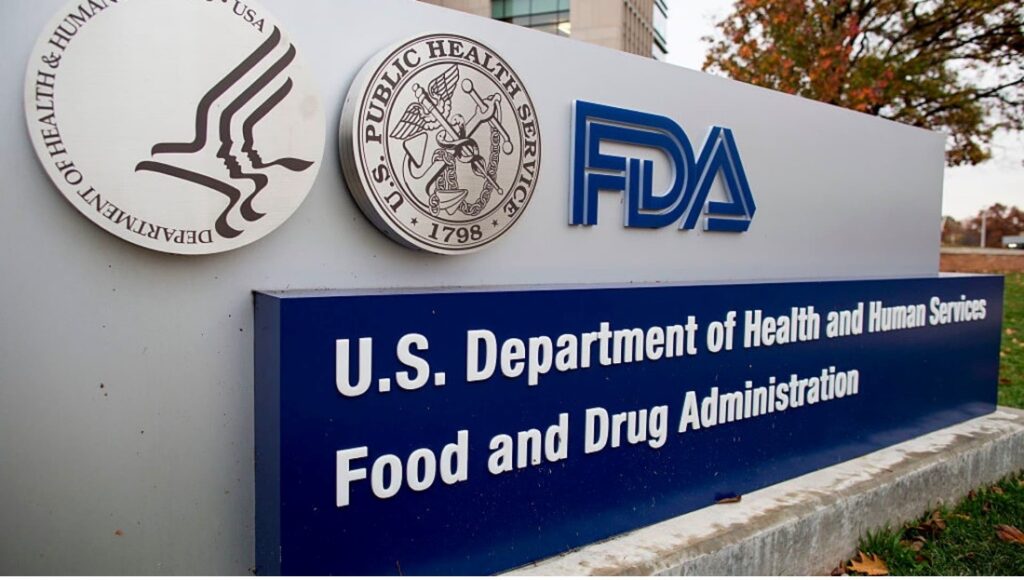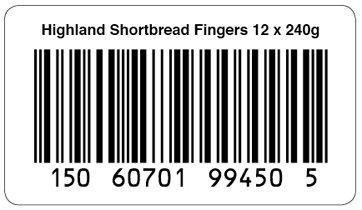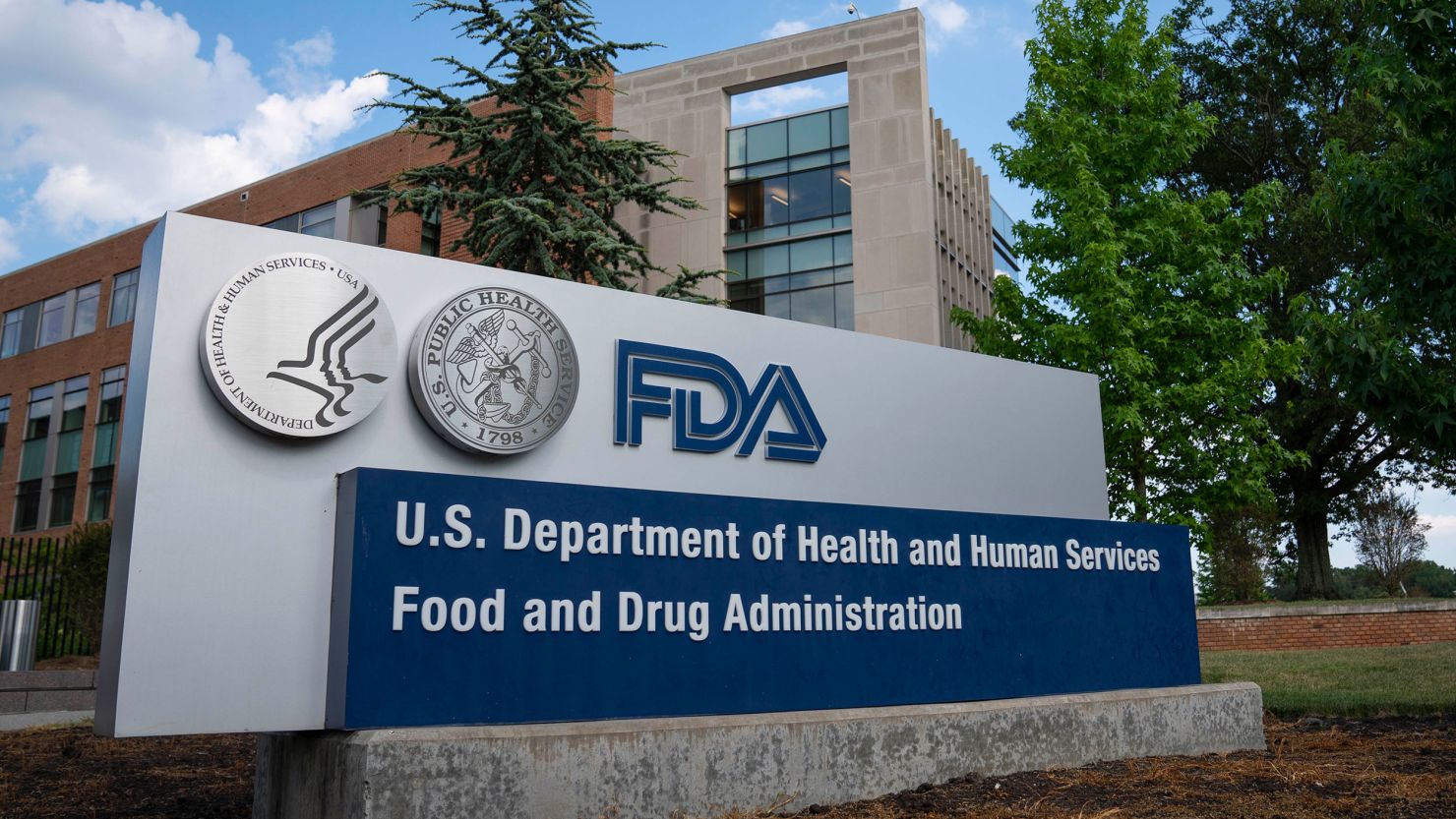The Food Code is a helpful agent in the food safety and food regulation world in ensuring that products are safe for eating and food establishments uphold the proper hygiene standards. For anyone who works with food servers, health inspectors, or food safety policy-makers would understand which agency publishes the Food Code.
What is the Food Code?
The Code of Food is a health authority guideline designed to set up sanitary food practices regarding food service operations, food establishments, and retail food outlets. Food handling and storage, preparation, sanitation and hygiene practices requirements are extensively covered within the guidelines. These guidelines help an organization to prevent occurrences of foodborne illnesses, which are a major global concern to society at large.
Which Agency Publishes the Food Code?
Established mainly under the Food Code, the scope of the Food and Drug Administration lies under the Department of Health and Human Services of the United States. The branch also works cooperatively with such agencies as the state and local health departments to pursue the local application of national food safety guidelines.
It has as the major responsibility the advising of the FDA concerning the development of a Food Code and it is made up of members which include relevant food safety experts such as government officials, researchers, and representatives of the food industry. The committee reviews and proposes amendments that will make the Code current with scientific knowledge and technological advancements.
The Role of the FDA in Food Safety
U.S. food and drug administration is so essential to public health as it regulates the safety of food products in America. There are standards set, facilities inspected, imported foods monitored, and recalls initiated whenever necessary. This institution further lays down the Code that provides science-based guidelines to local agencies regarding proper practices in restaurants, stores, and institutions. All of this work contributes to a very high reduction in the risk of foodborne illness.
In collaboration with other federal agencies, public health organizations, and states, the FDA is currently assembling new challenges regarding food safety. It funds research and programs to educate consumers on food safety and possible preventive measures through legislation such as the Food Safety Modernization Act (FSMA). The FDA regularly improves its policies to maintain the strength and responsiveness of food safety assurance against new risks.

How Is the Food Code Developed?
Devising food codes is no cup of tea and requires loads of cooperation. FDA has a close working relationship with other intervening agencies like:
- The Centers for Disease Control and Prevention (CDC)
- The U.S. Department of Agriculture (USDA)
- Local and state health departments
- The food industry
- Academia and public health experts
These considerations also go toward the recommendations of the CFP Conference, which stands for Conference on Food Protection, a non-profit organization with members from food industries, regulators, academia, and consumers who come together to consider food safety problems.
Why is the Food Code Important?
Reasons are multifarious, both for the operators and consumers, the Food Code having emerged.
Protecting Public Health:
In pursuit of enhancing public health, the Code lays down provisions which essentially minimize the contamination risks fueled by foodborne diseases. Specific food safety practices that can minimize foodborne illnesses are based on the FDA’s guidelines from farm to table to minimize the potential for outbreaks from contaminated foods.
Promoting Consistency:
The Food Code addresses a single countrywide standard system. Thus, it sets a standard in food safety practices. In this way, the burden of ensuring strict compliance is eased for food businesses and health inspectors alike.
Helping Businesses Stay Compliant:
These establishments, which will be called food establishments, are defined in the law as conforming to sound food safety practices. The best information is contained in the Food Code for businesses that will help them comply with local, state, and federal food safety regulations.
Building Consumer Confidence:
Consumers tend to trust food businesses that comply with the Food Code and food safety regulations. A business’s compliance with the food code does represent an enthusiastic effort to guarantee that each food item is safe and healthy.
Preventing Economic Losses:
Food-borne illnesses are expensive in terms of recalls, lawsuits in the courts, and injury suffered by the name of food businesses. Observe the Food Code, and risk prevention will be achieved to save business.

How States and Local Governments Use the Food Code
The Food Code was promulgated by FDA and now others, such as states and local governments, adopt the Code. States may either adopt the Code in its entirety or modify portions according to what suits their locale. Most of these inspections are done by local health departments and are mandatory under the Food Code.
Certain states and towns have the authority to mandate compliance with the Food Code, but in reality, some may only treat the Food Code as a set of recommendations. Adoption of the Food Code by state and local government agencies is promoted by the FDA, thereby establishing uniform enforcement of food safety across the United States.
Conclusion
In that context, worthwhile food safety and health provision will be derived from these codes and recommended practices, which ensure consumer confidence that the food is safe. The latter is what this code purports to do-it will give recommendations to food establishments and promote adherence to hygiene standards and food handling practices.
By being aware of the authority providing the Food Code and the reasons for its significance, professionals in this industry would stay current on developments and be in agreement with best food safety practices. The Food Code of the FDA constitutes an important tool that protects food through food safety and reduces the risks of foodborne illness to business operators, health inspectors, and consumers alike.








